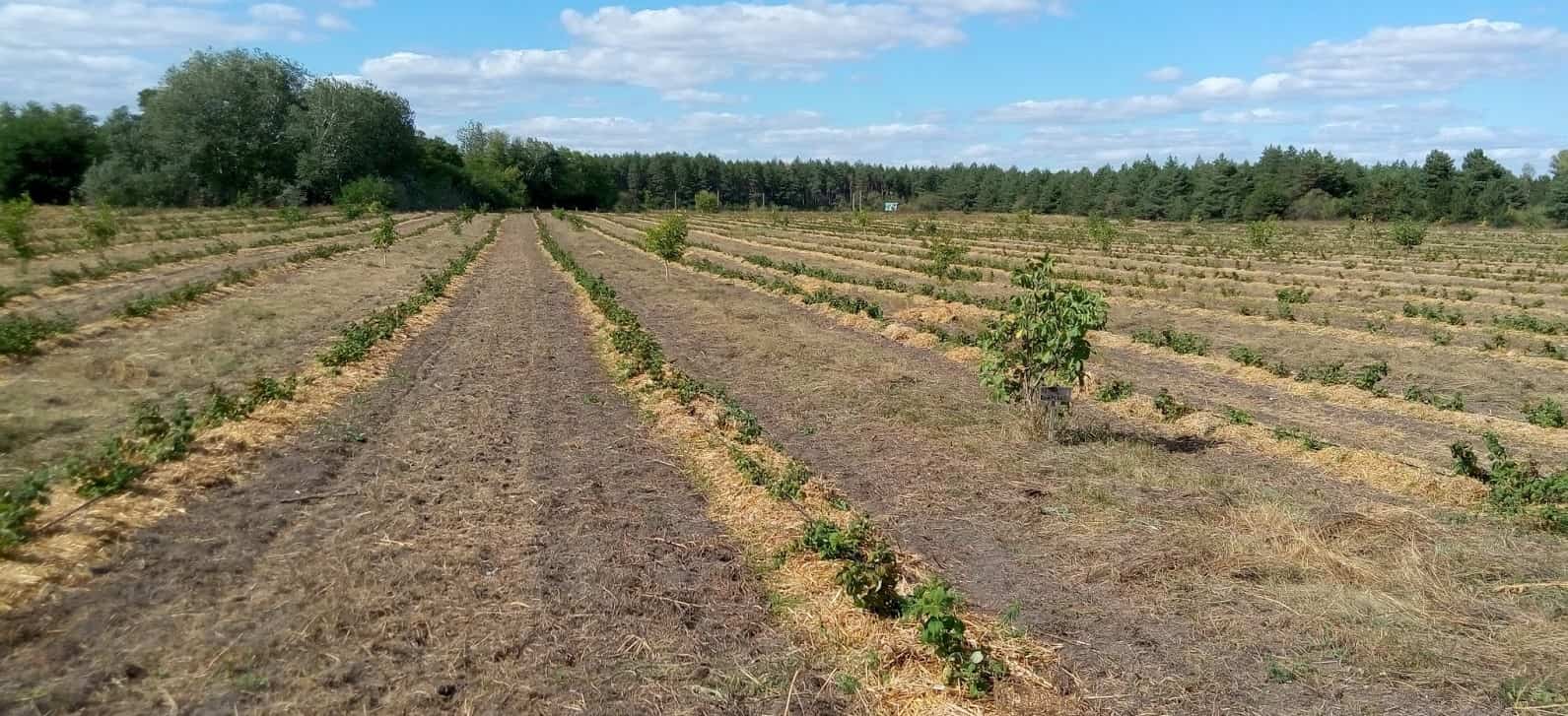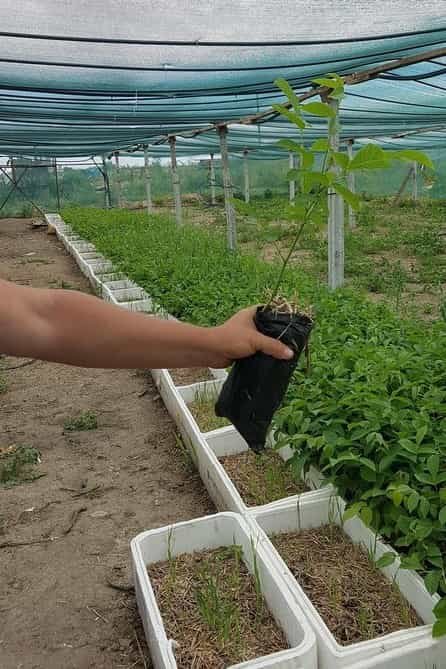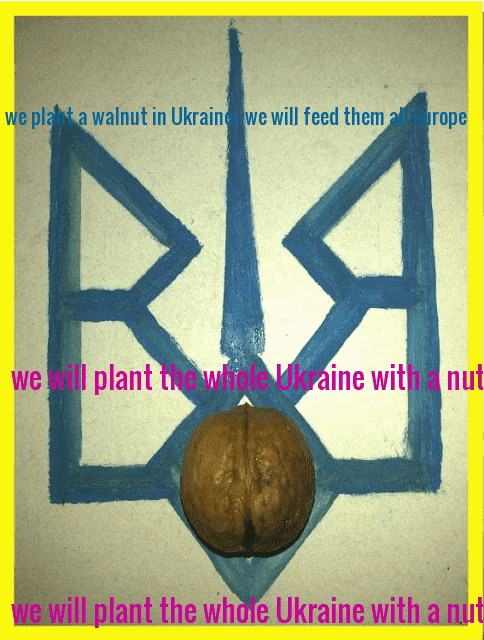Ukrainian walnuts served to the Dutch royal family
Why walnuts are the advantage of Ukraine? -->Only 7,5 % of the world's land is suitable for walnut cultivation. Ukraine is a unique country: between 46th and 47th parallels, nuts grow almost all over the country.
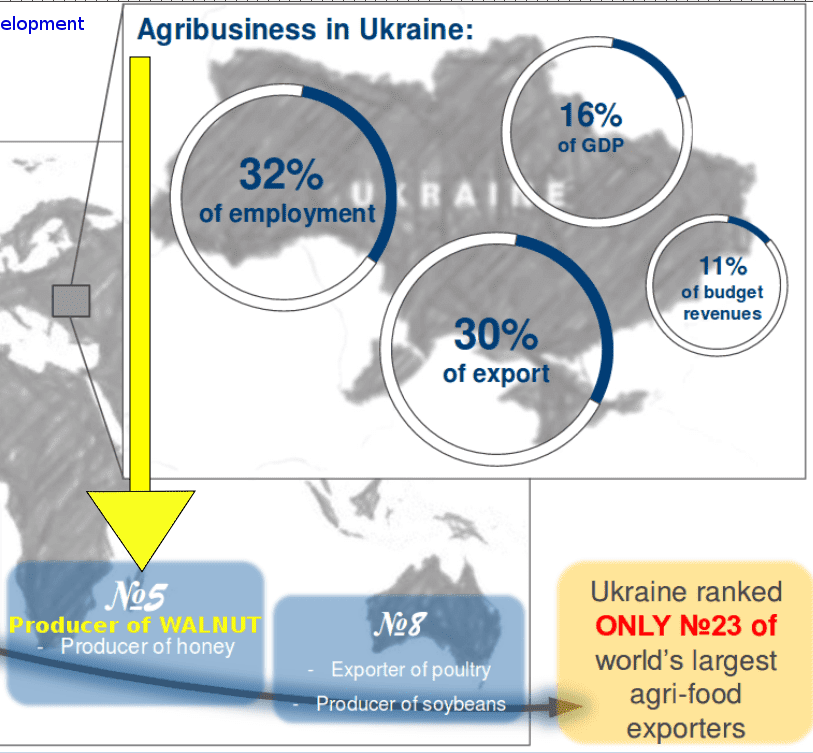
The tumultuous economy of the 1990 s affected Ukrainians in very different ways: some lost virtually all they had, succumbing to depression, but others seemed to quickly navigate among new opportunities and reorient to new markets. Anatoliy Pohrebniak, head of Koopzovnishtorh Enterprise, managed to keep the business ties he had established during Soviet times, and developed a lucrative business in Cherkasy, collecting, processing and exporting agricultural crops. The mainstay of his export business was not wheat or sunflowers, as would be typical among Ukrainian agricultural exporters, but rather pumpkin seeds and walnuts. The quality of Cherkasy walnuts is so high that they have been served at Dutch royal tables for over 20 years...
In Soviet times, the Cherkasy Oblast exported pumpkin seeds, walnuts, chestnuts, fruit and berries, as well as medicinal plants, including Tatar potions and the “plant-parasite,” mistletoe. Five factories in Cherkasy processed those products, and one of them, the Uman experimental cannery, produced food for the first Soviet cosmonauts.
Initially, Koopzovnishtorh tried to continue exporting the entire range of Soviet-era products, and by entering the Ukrainian Grain Association, exported sunflowers, wheat, barley, and even fertilizers. But over time it chose to stick with only the most promising and profitable crops. This turned out to be walnuts. ‘In 1997,” recalls Pohrebniak, “no one believed that you could amass a collection of nuts in large volumes. We started out small – 18 tons, but quickly increased production up to 600–700 tons per year, and most recently up to one thousand tons.”
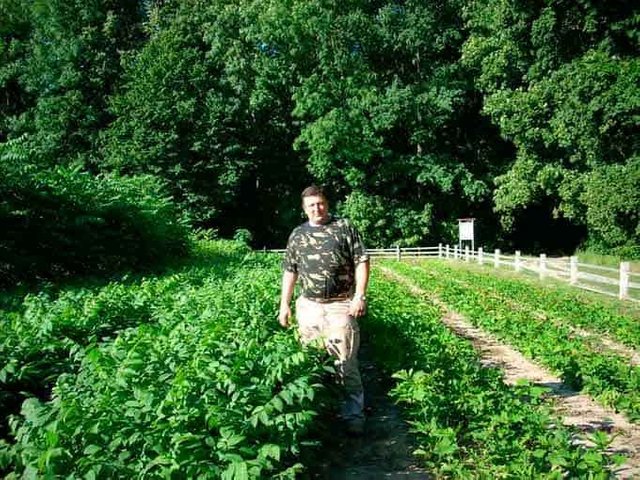
As explained by Pohrebniak, “Ukraine is in the top 10 exporters of shelled walnuts. The first three are the USA, Canada and China, followed by Japan, France and Turkey. Moldova is growing dynamically, which is gradually pushing us from the market. This is very annoying because, without a corresponding governmental policy, Ukraine could very quickly lose its share on the world market.”
“To work with foreign partners,” he says, “is a real pleasure. They adhere to legal requirements and keep their word. For twenty years we have been working with Agrìcol-Sammy, an Italian company, Yarden, a large French processing company, and Rabat end, another French company, which has offices in Syria and Lebanon in association with the Austrians and the Dutch. In difficult times, when we did not have enough resources, we negotiated with foreign partners over prepayment and they tried to fulfill all their obligations. The real problems are Ukraine’s flawed legal framework and questionable export schemes that allow about half of our nuts to be smuggled into Turkey, Syria, and Russia.”
Mr. Pohrebniak considers the period from 1995 to 2009 as the best years for his enterprise. During that time, the company invested about a million hryvnias annually into development, purchasing four isothermal rooms and fully equipping them. Now the processing, sorting and calibration of nuts is carried out at two production facilities. And while the number of workers at the enterprise has been significantly reduced, the company has been trying not only to sustain its current volume of production for export but to actually increase it.
Cleaned, calibrated and packed nuts must be certified by health and quarantine services and must receive a certificate of origin. Samples are first sent to Europe, and, after negotiating with foreign partners, the main supply of the goods is then exported.
“The pickiest experts in the process of checking the quality of the finished products are our partners from Germany and Austria, but even from them any complaints are rare,” says Mr. Pohrebnyak. A proposal from the Netherlands has even been made to award products from Koopzovnishtorh a “Quality Mark” because nuts from Cherkassy are on the menu at even the Dutch Royal Court. “Our nuts are used for making exclusive pastry products and expensive cheeses. Usually it takes about 720 to 800 halves to constitute one kg of final product,” says Mr. Pohrebniak.
Nuts grown in Cherkasy are environmentally friendly, and manual cleaning, sorting and sizing allows them to compete with similar products in Europe and America. However, the lack of state subsidies is a problem—it’s an obvious disadvantage in comparison with European competitors who regularly have the financial support of their governments.
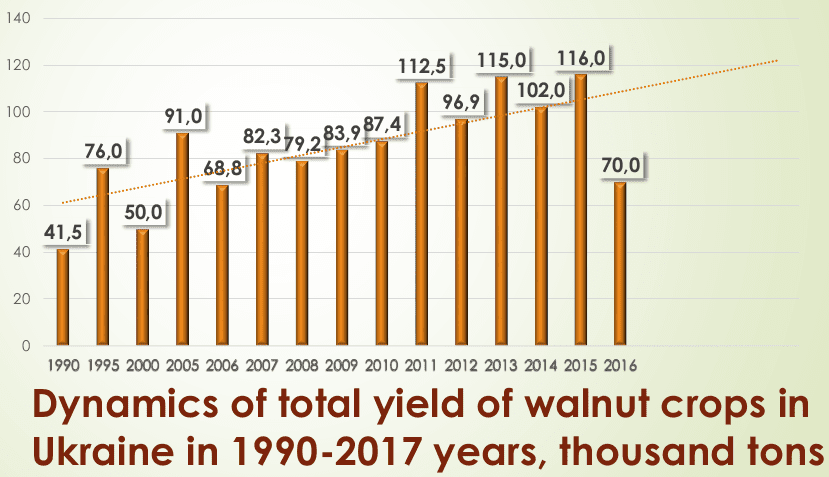
The current annual production of walnuts in Ukraine (taking into consideration only those areas that are currently in use) is estimated to be 70,000-80,000 tons. Officially, however, only about 15,000-20,000 tons go through customs. With a hundred seedlings per hectare, a farmer should be able to generate annual revenues of approximately USD 4,000-5,000, and nuts do not require care as thorough or expensive as do other crops.
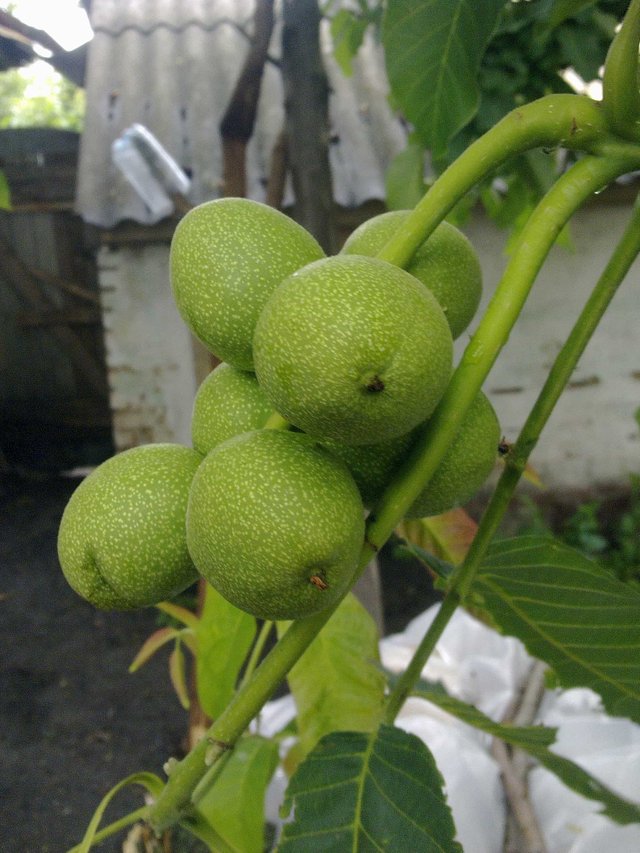
Ukraine is very attractive as an abundant area for growing walnuts on an industrial scale (up to 1 million tons per year). And this is for three reasons: favorable climate + suitable soil, cheap labor and cheap land rent. Іnvesting in a walnut garden is beneficial because of 8-10% growth (every year) of the price of wanut. And this despite the fact that the world has a growing demand for walnut every year because of the popularity of natural food. Ukraine simply needs intensive gardens of low-growing varieties of nuts.
Now Ukraine's farmers plant intensive walnut orchards:
